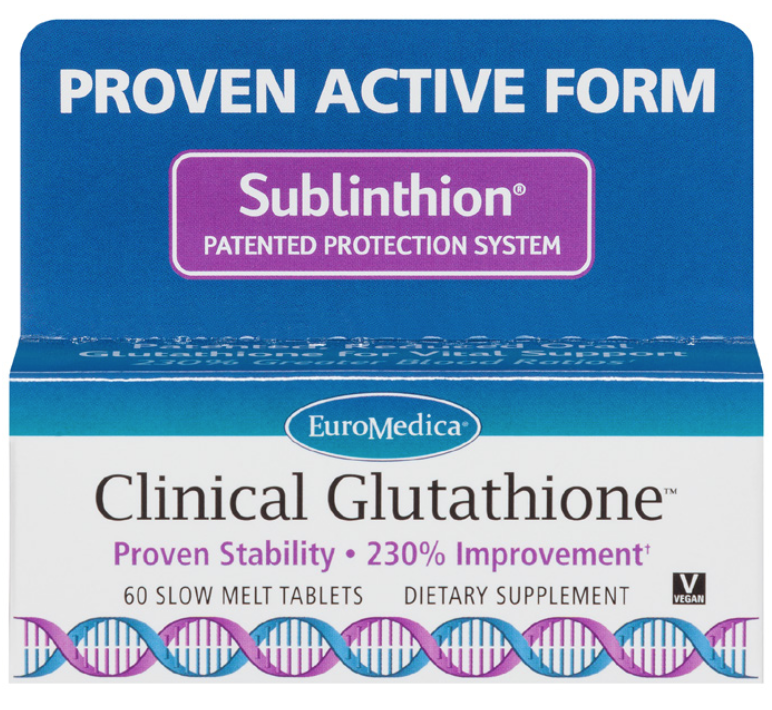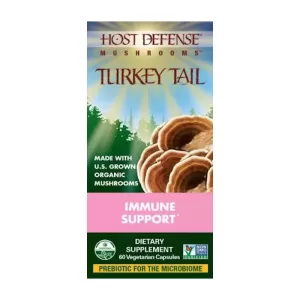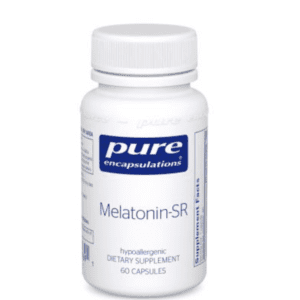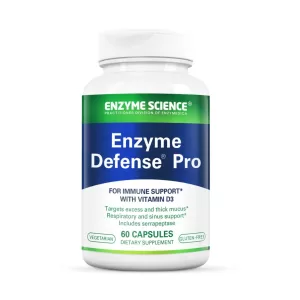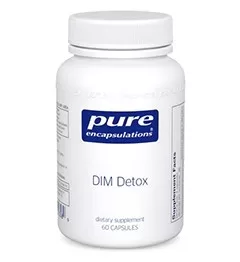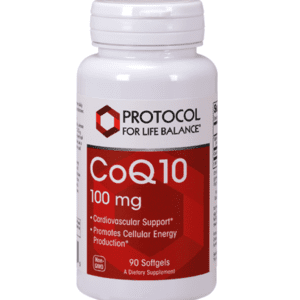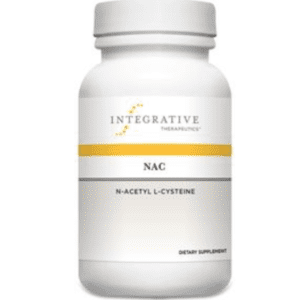Product Description
Clinical Glutathione™ – Sublingual Glutathione
Active Antioxidant and Liver Detoxifier
Patented Oral Delivery
Absorption of the active form, into the bloodstream, bypassing intestines and liver
300 mg. of Active L-Glutathione (Reduced Form) – GSH – per 2 slow melt tablets
EuroMedica’s Clinical Glutathione™ is specially formulated as an under the tongue (sublingual) slow-melt tablet.
The Sublinthion patented process enables the active form of glutathione to be absorbed directly into the bloodstream. Other forms of oral glutathione have been ineffective.
In a human study Clinical Glutathione was found to improve the ratio of active form of glutathione (reduced glutathione) to the inactive form (oxidized) in the body by 230%.
Active Glutathione is a Master Antioxidant and Detoxifier
Glutathione is the most powerful antioxidant our bodies have. In its active form it protects us from free radicals and the damage they can inflict on our cells and DNA. In addition, it also plays a key role in removing toxins, including heavy metals, from our bodies.
It’s widely accepted that good health depends on minimizing oxidative stress from free radicals and keeping toxins from accumulating in the body.
Unfortunately, as we age, we make less glutathione and stressors like disease and environmental factors further tax our levels.
Other Roles of Glutathione in the Body
“Glutathione is generally agreed to be the most significant endogenous antioxidant, though it plays many metabolic roles beyond arresting oxidative damage.
Glutathione is important to genetic preservation via protective effects on telomeres; preserves DNA integrity; is essential for liver detoxification; recycles oxidized vitamin E; and regulates the mechanisms essential to homoeostasis, which includes enzymatic activity, protein synthesis, gene expression, and mitochondrial integrity.
The ratio of reduced glutathione to oxidized glutathione has been documented as a noted factor in many diseases and chronic health issues.
The ability to create reduced glutathione diminishes with age. At age 40, the loss is approximately 30%, and increases to as much as 50% reduction by age 65.
Other factors, including tobacco smoke, pollution, unbalanced diet, genetic inefficiencies, and use of prescription and/or over the counter drugs (most notably acetaminophen) can further compound this loss.” — From Centre d’Enseignement et de Recherche en Nutrition (CERNh). Conducted at Centre Hospitalier de Bretagne Sud, Lorient, France. March 2013.
Human Study – Sublingual Glutathione Shows Enhanced Delivery of Active Glutathione
“While intravenous administration of reduced glutathione has been shown to significantly impact this ratio (GSH:GSSG), oral supplementation has been ineffective because the reduced glutathione is either a) broken down to simple amino acids during digestion or b) are oxidized and no longer active when absorbed, or a combination of a and b.
Glutathione precursors provide unpredictable results, as they rely upon the ability of the patient to synthesize reduced glutathione, an ability which decreases with age and certain physical challenges.
We describe here a novel process utilizing reduced glutathione, further stabilized with punicalagins from pomegranate, delivered to the sublingual mucous membrane.
This sublingual administration bypasses both the intestine and the liver, and the glutathione enters the body in its reduced (active) form, significantly improving the ratio of GSH to GSSG, 230% more than reference glutathione, and 65% more than the precursor N-acetylcysteine.”
Research on Glutathione and Parkinson’s Disease
“…In this review, we examine the synthesis, metabolism, and functional interactions of glutathione and discuss how these relate to the protection of dopaminergic neurons from oxidative damage and its therapeutic potential in Parkinson disease.” — Review on Glutathione Metabolism and Parkinson’s Disease
Summary of Glutathione-related Terms
GSH = active form of glutathione = reduced = antioxidant = resists oxidative stress
GSSG = inactive form of glutathione = oxidized = not an antioxidant
Ratios of GSH:GSSG = indicator of oxidative stress
Low GSH:GSSG ratio = indicator of high oxidative stress
Manufactured exclusively for EuroMedica, Green Bay, WI. Product of France.

